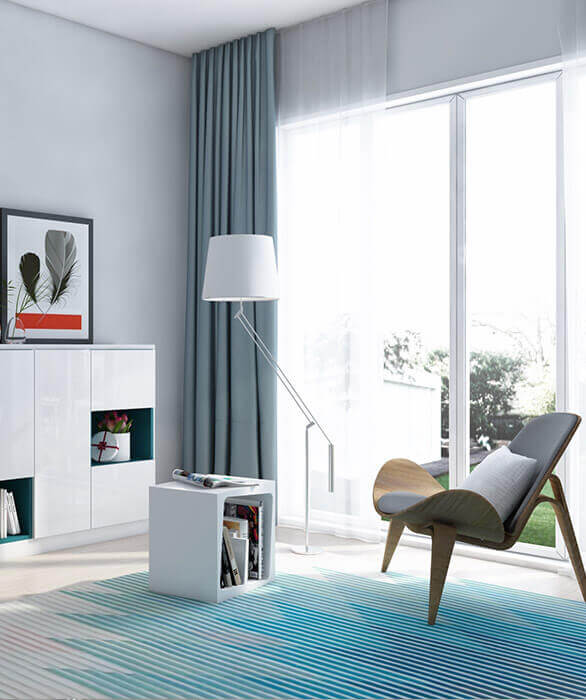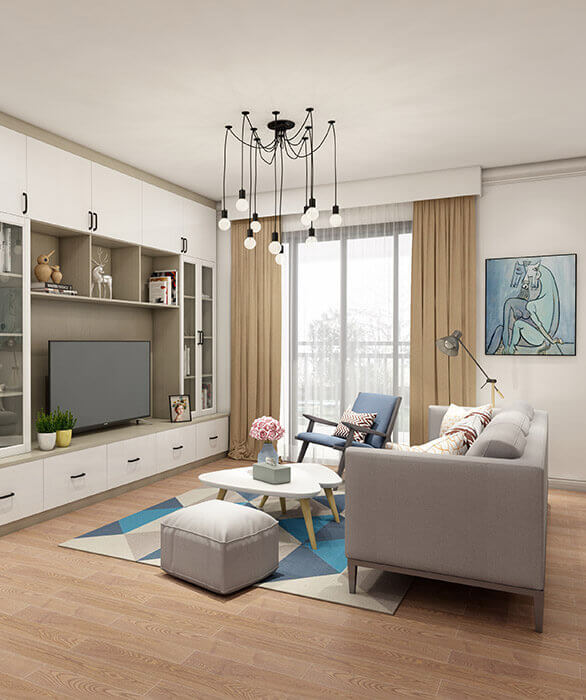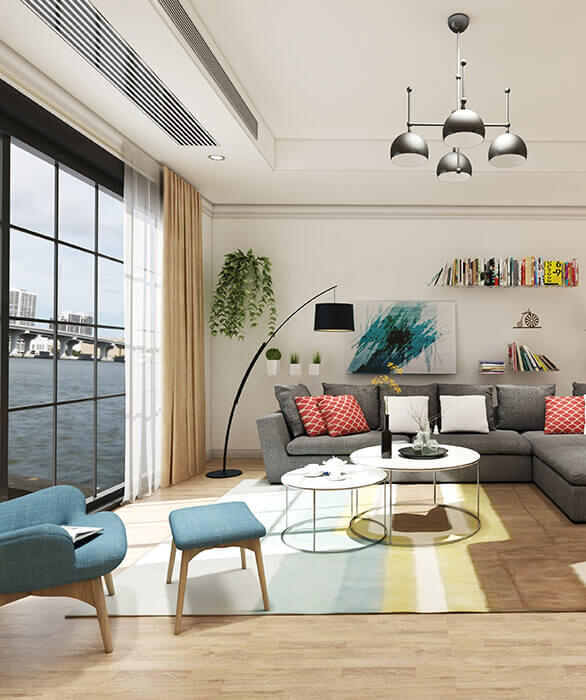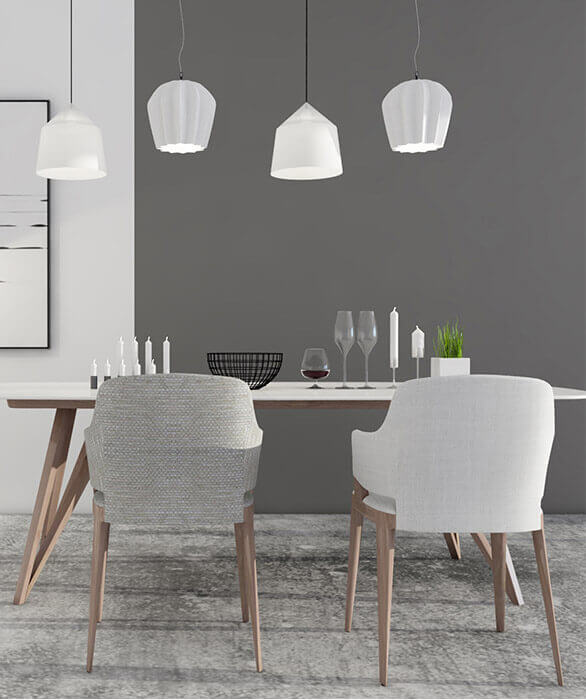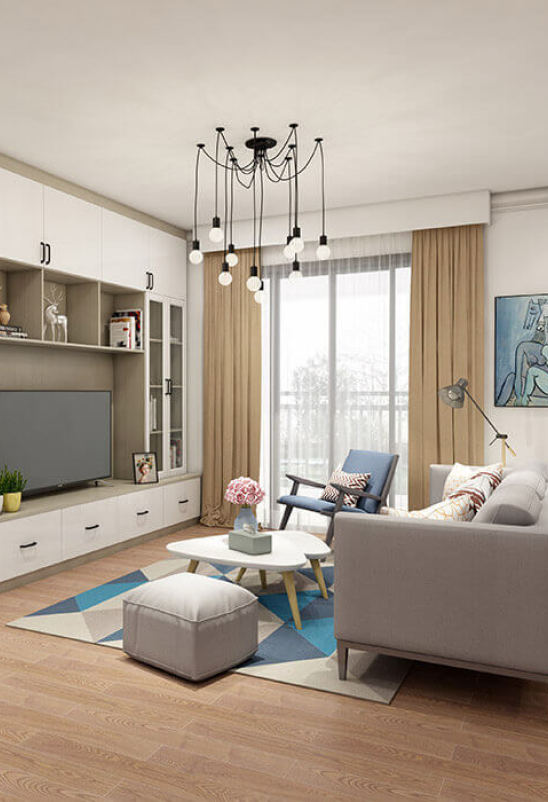Introduction:
The 1980's were a vibrant decade known for its bold and experimental interior design trends. If you're looking to bring a touch of retro flair into your modern home, 1980's interior design trends offer a plethora of exciting and timeless options. This blog post will guide you through six timeless trends from the '80s that can elevate your home decor, blending vintage charm with contemporary style.
AiHouse streamlines the entire design process. Convert 2D floor plans to 3D easily and access millions of models and customizable templates in diverse styles. Experience the power of AI automation as AiHouse handles processes like paving, size adaptation, and utility setup. Delight your clients by demonstrating the instant transformation of their home with different color and material combinations.
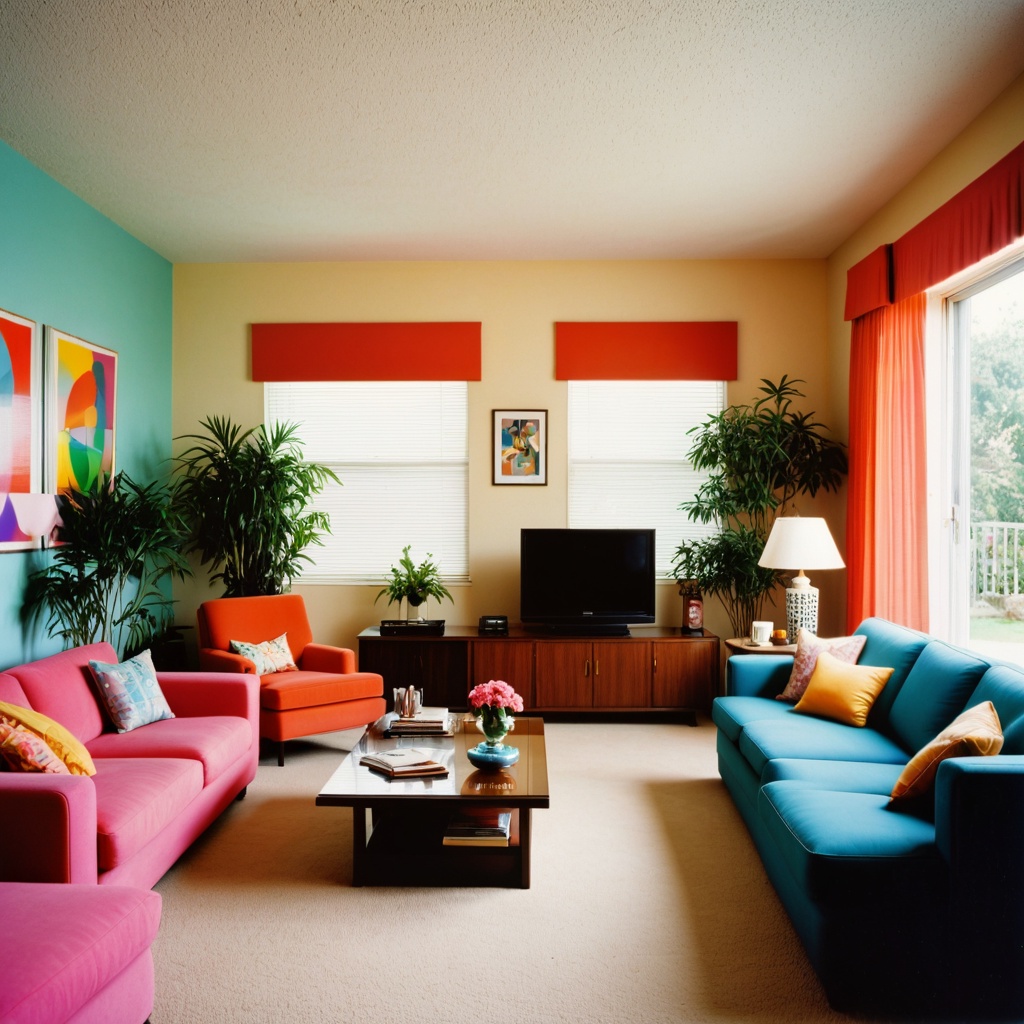
Bold Color Schemes
Neon and Bright Colors
In the 1980s, neon and bright colors were all the rage. Neon pinks, electric blues, and vibrant yellows dominated the scene. Integrating these vivid hues into your home doesn't mean you have to go overboard. A little can go a long way! Consider using neon accents in throw pillows, artwork, or even a single statement piece of furniture. Balancing these bright colors with neutral tones can help prevent your space from feeling overwhelmed.
Pastels and Soft Tones
While bold colors dominated, pastels also had their moment in the 1980s. Soft pinks, baby blues, and mint greens can create a calming and stylish atmosphere. Pastel walls paired with white or light-colored furnishings can provide a serene backdrop that complements the modern aesthetic. You can also mix pastels with bolder accents for a fresh and dynamic look.
Statement Furniture Pieces
Oversized Sofas and Chairs
Oversized furniture was a staple of 1980's interior design trends. Think large, plush sofas and roomy armchairs that invite you to sink in and relax. To incorporate these statement pieces without overwhelming your space, choose one or two key items and balance them with sleeker, more modern furniture. For instance, a big, comfy sofa can be paired with minimalist coffee tables or streamlined lighting fixtures to create a harmonious blend of styles.
Glass and Metal Accents
Glass and metal were popular materials in the '80s, symbolizing a futuristic and sleek aesthetic. Glass-topped tables, chrome chairs, and metallic light fixtures can add a touch of retro sophistication to your home. These materials are not only visually striking but also versatile, easily blending with various design styles. To avoid a cold or sterile feel, mix glass and metal accents with warm textures like wood or soft fabrics.
Unique Patterns and Textures
Geometric Patterns
Geometric patterns were a defining feature of 1980's interior design. Bold shapes and lines in wallpapers, rugs, and decor items can create a dynamic and visually intriguing space. To modernize this look, consider using geometric patterns in a more subdued color palette or as accent pieces rather than a dominant theme. For example, a geometric print rug or a few patterned throw pillows can add interest without overpowering the room.
Textured Wallpapers
Textured wallpapers were also a big hit in the '80s. From grasscloth to embossed designs, these wallpapers add depth and interest to your walls. Today, textured wallpapers are available in a wide range of styles and materials, making it easy to find an option that suits your decor. Use textured wallpaper on an accent wall to create a focal point, or cover an entire room for a dramatic effect.
Retro Technology and Gadgets
Vintage Electronics
The '80s were a time of technological innovation, and vintage electronics can add a nostalgic touch to your decor. Items like record players, retro televisions, and old-school gaming consoles not only serve as conversation pieces but also bring a sense of history and charm to your home. Display these gadgets prominently, perhaps on a dedicated shelf or in a media room, to celebrate their retro appeal.
AiHouse for Modern Convenience
In the spirit of blending the old with the new, modern technology like AiHouse can streamline your design process. AiHouse allows you to convert 2D floor plans to 3D easily, with access to millions of models and customizable templates in diverse styles. Experience the power of AI automation as AiHouse handles processes like paving, size adaptation, and utility setup. Delight your clients by demonstrating the instant transformation of their home with different color and material combinations.
Conclusion
Incorporating 1980's interior design trends into your home can bring a unique and stylish retro vibe that stands the test of time. By blending bold colors, statement furniture, unique patterns, and retro technology, you can create a space that is both nostalgic and modern. Whether you're a fan of neon hues or oversized sofas, these tips will help you achieve the perfect balance.
FAQ
What are some key characteristics of 1980's interior design trends?
Key characteristics include bold color schemes, oversized furniture, geometric patterns, textured wallpapers, and the use of glass and metal accents.
How can I modernize 1980's interior design trends for my home?
To modernize 1980's trends, consider using bold colors as accents rather than the main palette, mix vintage and contemporary furniture, and incorporate modern technology like AiHouse to streamline your design process.
Are 1980's interior design trends suitable for all home styles?
While 1980's trends can be adapted to various home styles, they work particularly well in spaces that embrace eclectic or retro aesthetics. However, with careful integration, elements of '80s design can complement more minimalist or contemporary homes as well.
Incorporating 1980's interior design trends into your home doesn't have to be daunting. By thoughtfully blending these timeless trends with modern elements, you can create a unique and stylish space that pays homage to this vibrant decade.




